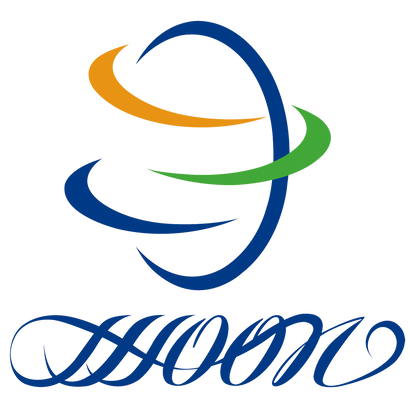
At present, the application of artificial turf is more and more extensive. Many people pay attention to the wear resistance, weather resistance, resilience and color stability of artificial turf foundation. At the same time, the environmental performance of artificial turf has been paid more attention to. The environmental performance testing of artificial turf has become an indispensable and important reference for assessing the pros and cons of artificial turf. What are the important evaluation indicators of the environmental performance of artificial turf? What are the aspects? In the following, let us know:
First, the classification of artificial turf environmental performance indicators
Heavy metals: lead, cadmium, chromium, mercury, arsenic
Toxic and hazardous chemicals: benzene, toluene and xylene, free toluene diisocyanate (TDI), TVOC, polycyclic aromatic hydrocarbons (PAHs)
Second, the evaluation index and detection purpose of artificial turf environmental safety performance
1, heavy metal content
Heavy metals such as lead, mercury, arsenic and cadmium are toxic substances, and their content is used to assess whether the turf itself is safe and environmentally friendly.
2. Other toxic and harmful substances
The detection of other toxic substances is used to evaluate whether artificial turf and accessories exceed safety standards.
3. Release rate of toxic and hazardous substances
The chemical is volatile, and this indicator is used to evaluate whether the rate of volatilization of chemical substances contained in artificial turf and excipients exceeds safety standards.
4. Environmental protection performance testing standards for artificial turf
Domestic: The most stringent new national standard in history, the “Sports Surface of Synthetic Materials in Primary and Secondary Schools” (GB36246-2018, referred to as the new national standard).
International: European standard EN71-3, EU regulations RoHS, EU regulations Reach, German standard DIN18035-7, US standard US EPA5021A:2003
A healthy and safe outdoor sports environment is a common wish. Therefore, it is absolutely intolerable to face harmful substances contained in inferior artificial turf. In order to ensure the environmental protection, safety and strict detection of artificial turf, it is an indispensable step.





